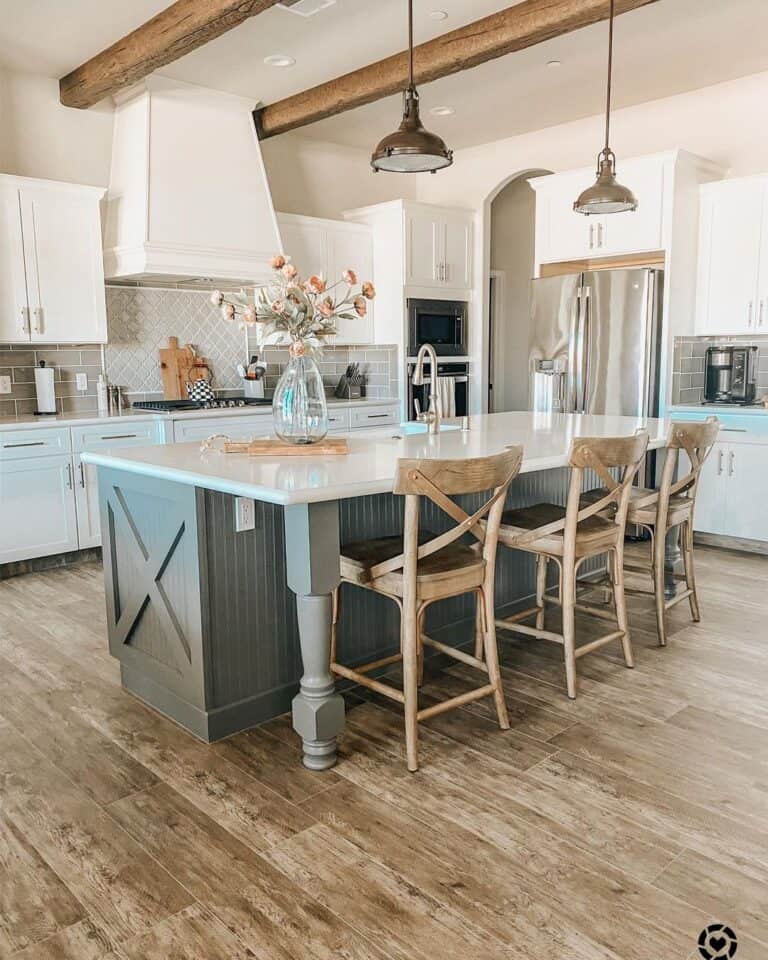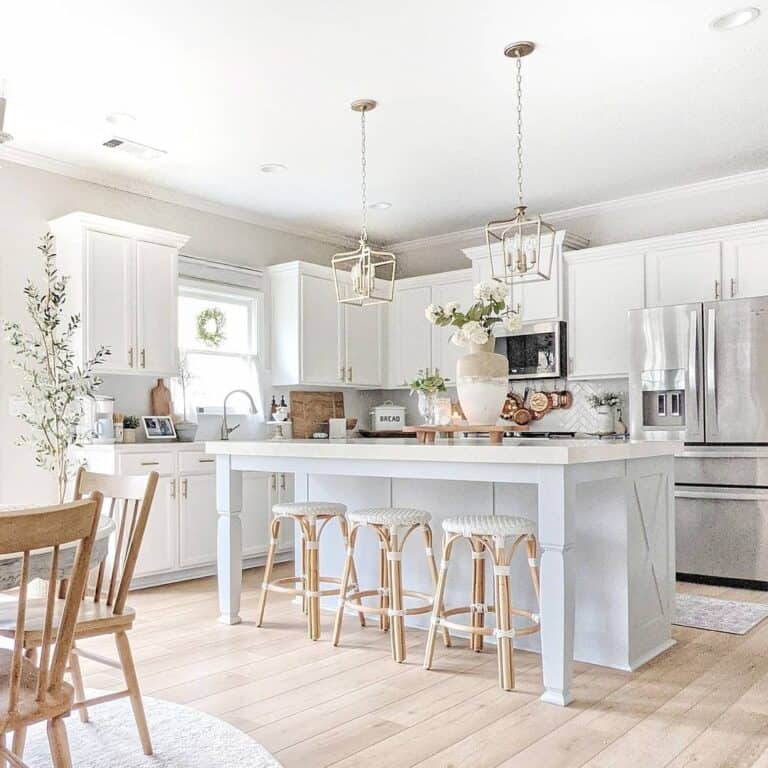Discover Timeless Options in Classic Legs For Kitchen Island Designs
Discover Timeless Options in Classic Legs For Kitchen Island Designs
Blog Article
Vital Elements to Think About When Selecting Legs For Kitchen Island
Selecting the ideal legs for a cooking area island entails a cautious assessment of multiple variables that can dramatically affect both performance and aesthetic allure. Amongst these, the option of material plays a crucial function in guaranteeing sturdiness, while the design has to match the existing design. Furthermore, factors to consider such as height and weight support are necessary for stability and convenience. As we explore these components, it becomes clear that each choice can have significant effects for the general kitchen experience. What subtleties should be considered in each of these groups to achieve the excellent equilibrium?
Material Options
When choosing legs for a cooking area island, understanding the different product options is necessary for achieving both visual allure and structural stability (Legs For Kitchen Island). The selection of material substantially affects not only the toughness of the island but likewise its total design and performance
Steel legs, commonly made from stainless steel or functioned iron, add a modern-day and commercial feel while guaranteeing sturdiness and stability. These materials are resistant to wear and can sustain significant weight, making them excellent for bigger islands.
One more choice is engineered materials, like MDF or plywood, which can be more cost-effective while still supplying a variety of surfaces. They may not provide the same degree of stability as solid timber or steel. Legs For Kitchen Island. Finally, materials such as acrylic or glass can develop a modern look, though they might call for extra support to make certain security.
Inevitably, the option of material for cooking area island legs must align with the desired performance and the overall motif of the kitchen area.
Design And Style

When taking into consideration design, the shape and finish of the legs are crucial. Tapered legs can offer a sense of lightness and beauty, while thicker, much more robust legs can communicate stamina and stability. Furthermore, the finish-- be it painted, stained, or natural-- should enhance the kitchen cabinetry and kitchen counter products to develop a unified appearance.
Additionally, the style of the legs can likewise reflect personal preference. Personalized or attractive legs, such as those including elaborate makings or special geometric shapes, can serve as focal points, including personality and character to the kitchen. Ultimately, the appropriate selection will certainly not only enhance capability however also elevate the visual charm, making the kitchen island a standout attribute of the home.
Elevation Considerations
Choosing the ideal height for kitchen area island legs is essential, as it straight impacts both performance and convenience. The basic elevation for a kitchen island normally ranges from 36 to 42 inches, lining up with usual countertop heights.

It is additionally necessary to represent users' elevations and choices. Personalizing the height can make certain a comfortable experience for all family participants, making the kitchen area island a more functional and delightful area.
Weight Assistance
Making sure sufficient weight assistance for kitchen area island legs is essential for both security and functionality. The kitchen area island frequently serves numerous purposes, consisting of cooking, eating, and additional storage space, necessitating a durable support structure. When picking legs, it is important to consider the general weight ability needed based upon the island's intended usage and the products that will be put on it.
The choice of material for the legs plays a substantial role in their weight-bearing abilities. Strong wood, steel, and sturdy composites normally give exceptional toughness contrasted to lighter materials. Furthermore, the layout of the legs-- whether they are straight, tapered, or have a pedestal type-- can affect their capacity to distribute weight efficiently throughout the framework.
Always seek advice from the maker's specs relating to tons limitations to make sure that the legs can sustain the designated weight without jeopardizing security. In summary, selecting kitchen island legs with adequate weight assistance is essential for developing a practical and risk-free culinary space.
Installment and Upkeep
Appropriate setup and maintenance of cooking click for more area island legs are essential for making certain durability and stability. To begin, it is essential to adhere to the maker's guidelines during installment. This commonly includes securing the legs to the space station utilizing suitable fasteners, making certain that the legs are degree and lined up. Utilizing a degree tool can aid stop wobbling and enhance the total aesthetic appeal of the cooking area island.
When mounted, routine upkeep is required to maintain the stability and look of the legs - Legs For Kitchen Island. For wooden legs, regular cleansing with a moist towel and application of suitable timber gloss can avoid dampness damage and preserve their coating. Metal legs may call for a gentle cleaning remedy to remove oil and gunk, adhered to by a dry fabric to stop rust development
Additionally, examine the legs consistently for indicators of wear or damage, such as cracks or loose joints. Tightening screws or bolts as needed can likewise extend the life-span of the legs. By sticking to these installment and upkeep techniques, homeowners can ensure that their kitchen area island stays durable and visually appealing for many years to find.
Final Thought

Visual comprehensibility is paramount in choosing the design and layout of legs for a kitchen island, as these elements use this link considerably affect the total ambiance of the space. Tapered legs can supply a feeling of agility and elegance, while thicker, much more robust legs can communicate toughness and security.Picking the appropriate height for kitchen island legs is important, as it straight affects both capability and convenience. In recap, picking cooking area island legs with ample weight assistance is essential for creating a safe and functional culinary space.
In conclusion, visit this page selecting legs for a kitchen island necessitates mindful factor to consider of numerous variables, consisting of product choices, style, height, weight support, and installation.
Report this page